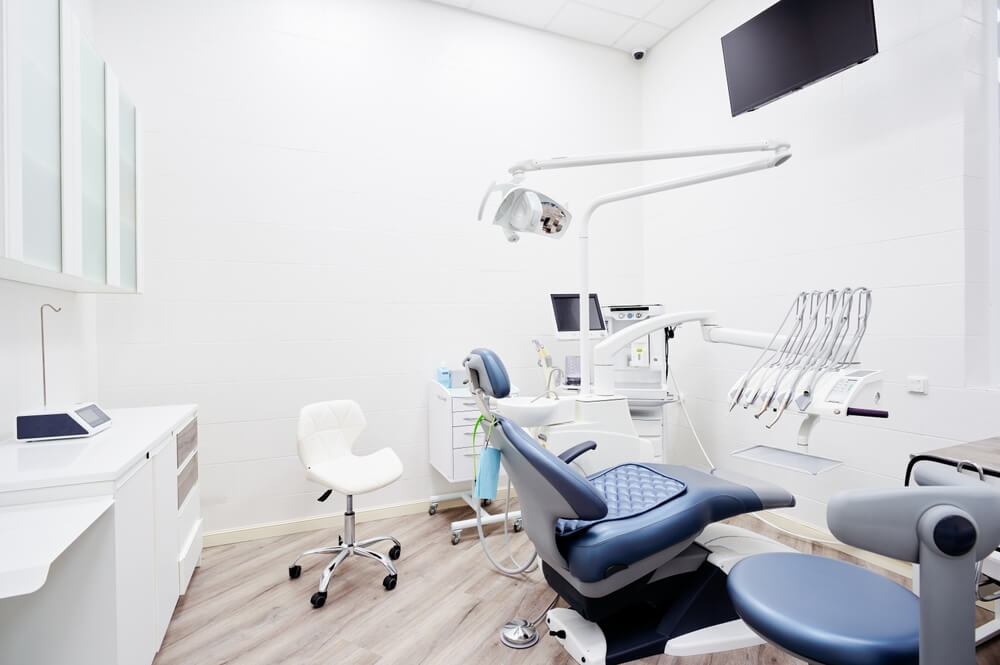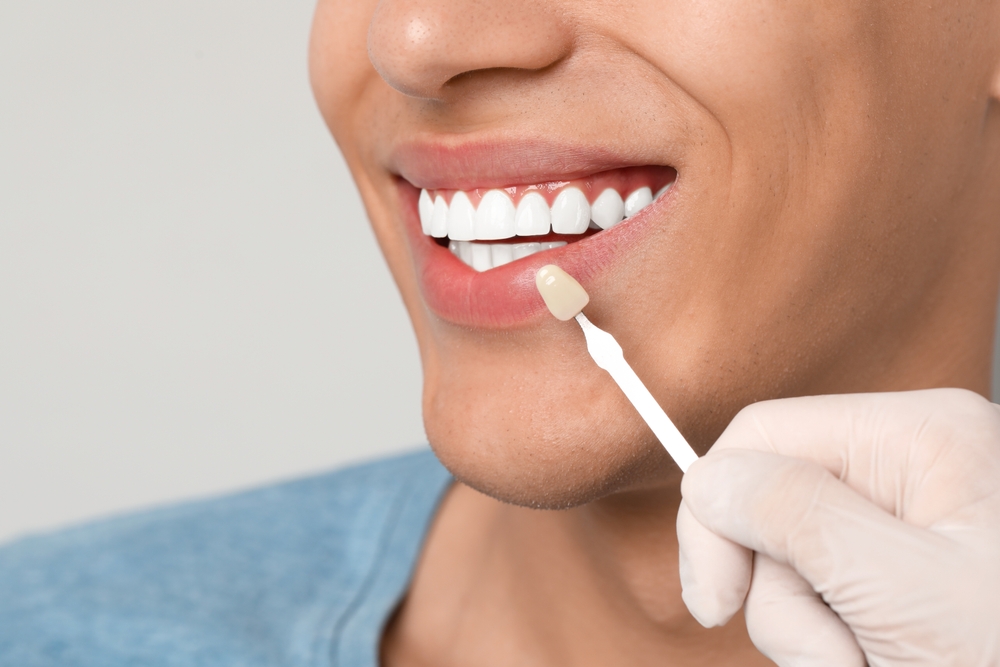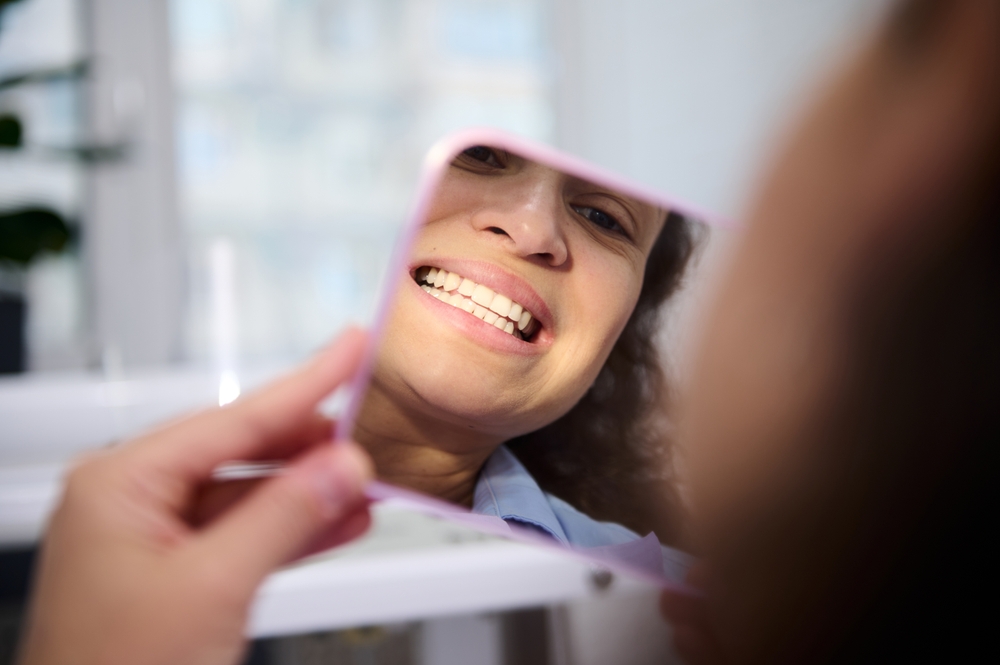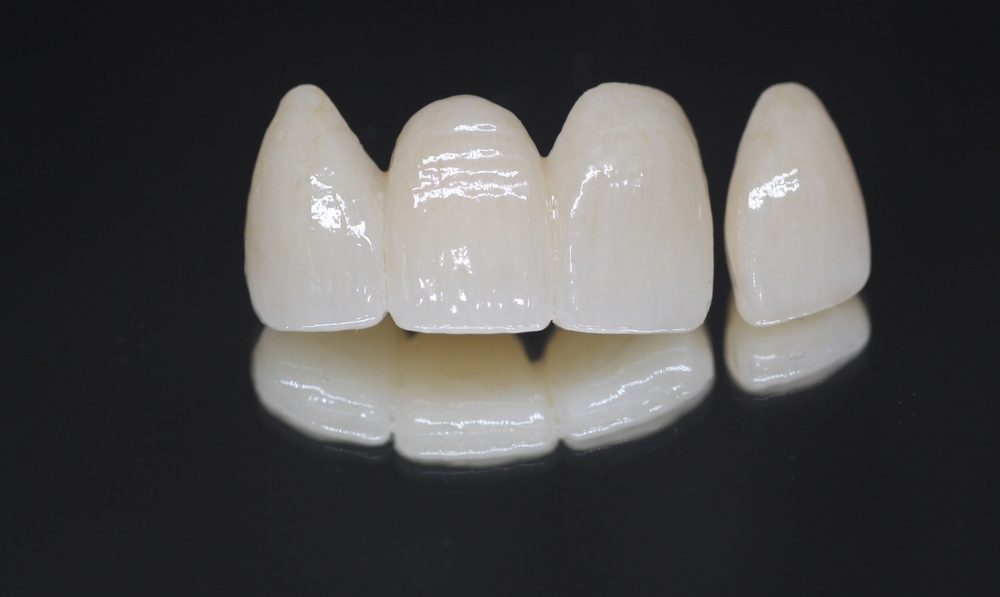In the modern dental landscape, digital technology is transforming the way practices and labs operate. One of the most impactful advancements is the shift from traditional impression methods to digital case submission. This streamlined process allows dentists to electronically send case files, including 3D scans and clinical notes, directly to dental labs—improving accuracy, speed, and communication on both sides. In this blog we will explore how digital case submission is revolutionizing workflows for both dentists and labs, and why it’s becoming the preferred approach across the industry.
In This Blog:
- What is Digital Case Submission?
- Benefits for Dentists
- Benefits for Dental Labs
- Key Tools and Platforms Used
What Is Digital Case Submission?
Digital case submission refers to the process of sending dental impressions, photographs, prescriptions, and related case information electronically from the dental office to the lab. This often involves the use of intraoral scanners, lab software, and secure online portals. Unlike traditional submissions that require physical molds and shipping, digital cases are submitted in real-time using encrypted cloud-based systems.
Benefits for Dentists
Streamlined Workflow and Faster Turnaround Times
Digital case submission eliminates the need for physical impressions, packaging, and shipping, which saves valuable time for busy dental practices. With just a few clicks, digital scans and case information are instantly sent to the lab. This speeds up the workflow and enables faster turnaround on crowns, bridges, dentures, and other restorations, allowing dentists to treat patients more efficiently.
Enhanced Communication with the Dental Lab
Digital submissions make it easier to collaborate with the lab in real-time. Dentists can attach detailed clinical notes, annotated photos, shade maps, and 3D scans, ensuring technicians have a complete picture of the case. Many platforms also include messaging features, so clarifications and adjustments can be discussed quickly and directly, which improves accuracy and reduces back-and-forth.
Improved Accuracy and Fewer Remakes
Intraoral scanners capture high-resolution 3D images with remarkable precision, minimizing the risk of distortion or errors that often occur with traditional impressions. This leads to better-fitting restorations and significantly reduces the need for remakes or chairside adjustments, saving time for both the dentist and the patient.
Greater Patient Comfort and Satisfaction
Digital impressions are quicker and more comfortable than traditional trays and putty. Patients appreciate the modern, less invasive process, and they’re especially grateful for reduced appointment times and fewer repeat visits. In turn, this enhances the overall patient experience and can lead to improved trust and long-term loyalty.
Easier Case Tracking and Documentation
Digital platforms often come with built-in tracking features, allowing dentists to monitor a case’s progress in real time. It’s also easier to store and retrieve patient records, treatment notes, and images for future reference, which helps dentists stay organized and compliant with documentation standards.
Benefits for Dental Labs
Immediate Case Intake and Accelerated Production
Digital case submission allows labs to receive files instantly, eliminating delays associated with shipping physical impressions. As soon as a scan is submitted, the lab can begin processing the case, which reduces lead times and helps labs maintain or even exceed turnaround expectations. This faster workflow enables labs to handle a higher volume of cases without sacrificing quality.
Seamless Integration with Digital Workflows
Digital submissions are fully compatible with CAD/CAM systems, which are now the standard in many dental labs. The digital files can be imported directly into design software, streamlining the workflow from case intake to final restoration. This reduces the need for manual steps, improves efficiency, and opens up the potential for automation and scale.
Enhanced Case Accuracy and Fewer Remakes
High-resolution intraoral scans provide exceptional detail, allowing lab technicians to design and fabricate restorations with greater precision. Compared to traditional impressions that may suffer from distortion or voids, digital files are more consistent and reliable. This translates to fewer remakes, improved fit, and better clinical outcomes, all of which enhance the lab’s reputation and client satisfaction.
Better Communication and Collaboration with Dentists
Digital case platforms often include built-in communication tools, such as case notes, messaging, and photo uploads. This allows lab technicians to easily contact the dentist for clarification, shade confirmation, or additional information without delays. These direct and timely interactions help build stronger working relationships and ensure each case meets the dentist’s expectations.
Streamlined Documentation and Case Management
Digital submissions simplify case tracking and documentation. Labs can access, archive, and reference case files with just a few clicks, which eliminates the need to store physical models and handwritten forms. This improves record-keeping, enhances case traceability, and helps labs stay organized and audit-ready.
Cost Savings and Operational Efficiency
By going digital, labs can reduce costs associated with materials (impression trays, putty, shipping materials), labor (manual intake and data entry), and remakes due to poor impressions. Over time, these savings add up, making digital workflows a more cost-effective and scalable solution. Additionally, with fewer physical models and materials to handle, labs can optimize space and reduce clutter in the workspace.
Competitive Advantage and Growth Potential
Adopting digital case submission demonstrates a lab’s commitment to innovation and efficiency. This not only attracts tech-forward dental practices but also positions the lab as a leader in the industry. Labs that embrace digital solutions can offer faster service, higher-quality restorations, and superior support. Overall, these factors contribute to long-term growth and stronger client retention.
Conclusion
Digital case submission isn’t just a technological upgrade—it’s a game-changer for how dentists and labs work together. From improving case accuracy to enhancing communication and saving valuable time, the benefits are clear for everyone involved.
Ready to simplify your workflow and improve case outcomes? Contact Pan-Am Dental Laboratory today to learn how we can help you make the switch to digital submissions.




